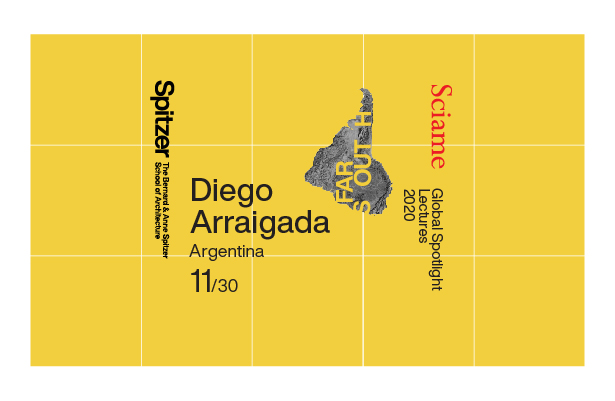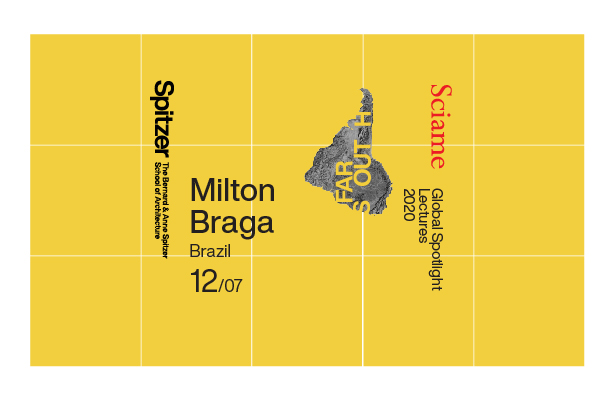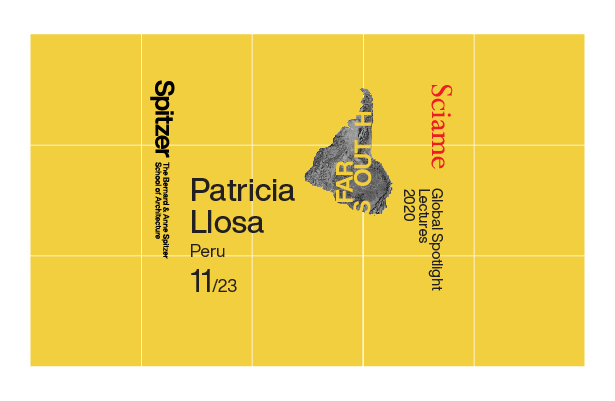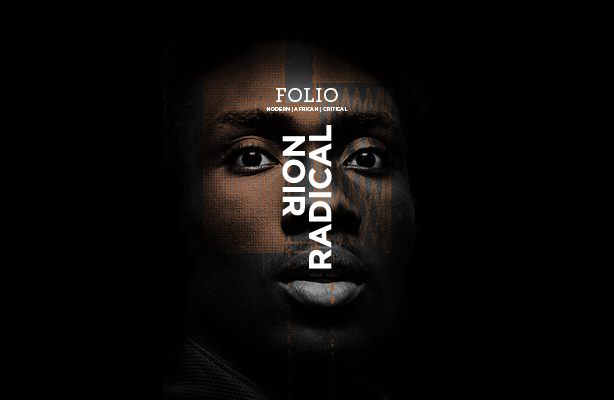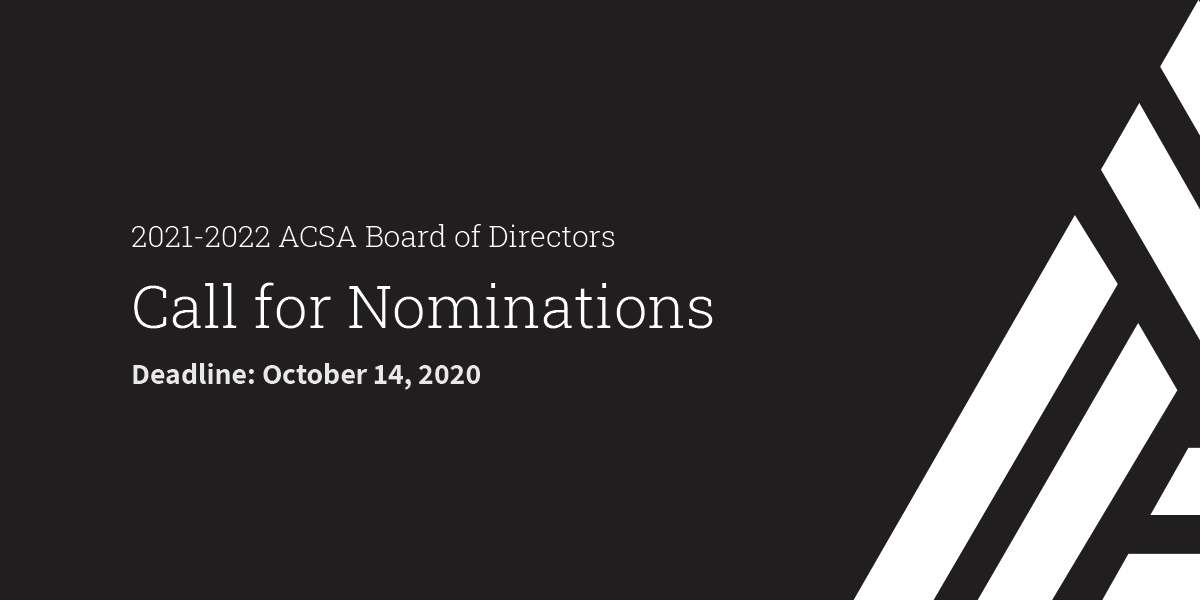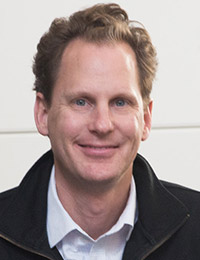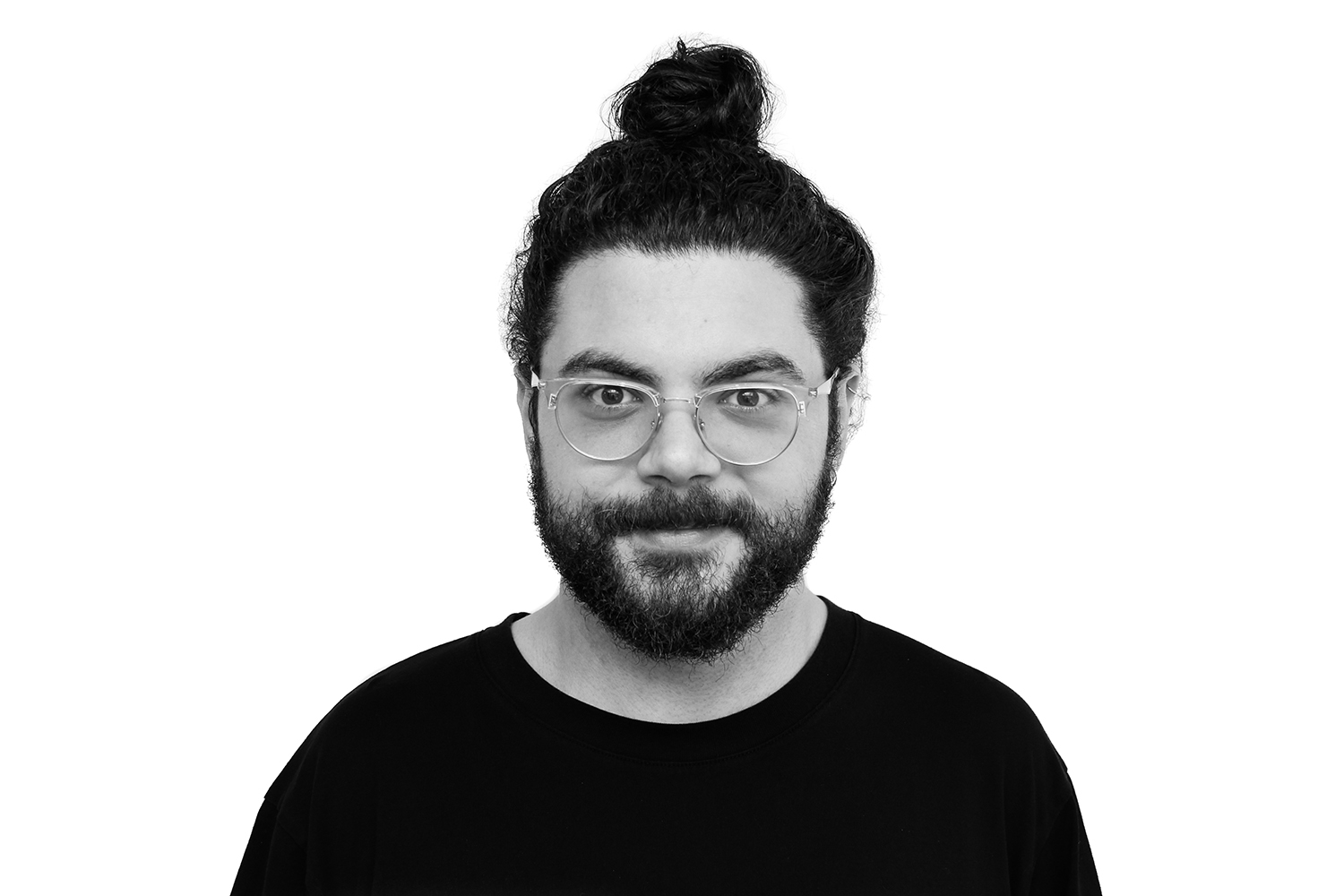City College of New York
Fall 2020 Sciame Series: Alexia León – Monday, October 19, 2020, 5:30 -7:00pm
Please join us for the new SCIAME Global Spotlight Lecture Series, titled Far South. Curated by Associate Professor Fabian Llonch the series features prominent architects from South America who will discuss their work and the unique political and environmental challenges they face. “Grounded” will be presented by Alexia León, founder of Alexia León arquitectos and the Leonmarcial arquitectos. An introduction will be led by Alberto Foyo.
To join the event, please follow the Zoom link here.
León, born in Lima, received her undergraduate degree in architecture and urbanism at the Ricardo Palma University in 2001 and a master’s degree at Pontificia Universidad Católica in Perú. She opened Alexia León arquitectos and Leondelima workshop in 2006. Her first built work, the Mori House in Playa Bonita (1996-1998; Cañete, Lima), was chosen as one of the six finalists in the Mies van der Rohe Prize for Latin American Architecture (2000). The Vertical House (2000-2005; San Isidro, Lima) was nominated for outstanding project in the inaugural Mies Crown Hall Americas Prize (MCHAP) in 2014.
León taught as visiting professor at the Graduate School of Design at Harvard University (2007) after which she received an UFI research grant from the MAK Center in Los Angeles. She has participated in “Crossing: Dialogues for Emergency Architecture” Symposium at the National Art Museum of China in Beijing and was nominated for the Marcus Prize for architecture in 2009. Recently, León was nominated for BSI-Swiss Architectural Award under the patronage of the Federal Office for Culture of the Swiss Confederation and of the Academy of Architecture in Mendrisio at Università della Svizzera in Italy (2016). She has given lectures and workshops in several universities, both in Peru and abroad.
León and Lucho Marcial (Lima,1962) founded Leonmarcial arquitectos in 2011. The studio´s-built work consists of single-family houses, collective housing, community centers, office buildings, a desert community master plan, historic renovation projects and the National Museum of Peru. The studio will participate in the 17th International Architecture Exhibition in the Venice Architecture Biennale 2020 curated by Hashim Sarkis.
Fall 2020 Sciame Series: Paulo Tavares – Monday, November 9, 2020, 5:30 -7:00pm
Please join us for the new SCIAME Global Spotlight Lecture Series, titled Far South. Curated by Associate Professor Fabian Llonch the series features prominent architects from South America who will discuss their work and the unique political and environmental challenges they face. “IN THE FOREST RUINS” will be presented by Paulo Tavares, an architect, researcher, and writer based in South America. An introduction will be led by Cesare Birignani.
To join the event, please follow the Zoom link here.
Tavares’s design and pedagogic practice spans a variety of territories, social geographies, and media. He taught design and visual cultures in the Faculty of Architecture, Design, and Art at la Pontifícia Universidad Católica of Ecuador in Quito. Prior to this, he led the MA program at the Centre for Research Architecture at Goldsmiths in London. He is currently professor in the School of Architecture and Urbanism at the University of Brasil. In 2017, Paulo Tavares created the agency Autonoma, a platform dedicated to urban research and intervention. Tavares is a long-term collaborator of Forensic Architecture and co-curated the Chicago Architecture Biennial 2019.
Tavares’ work has been featured in exhibitions and publications worldwide, including Harvard Design Magazine, the Oslo Architecture Trienniale, the Istanbul Design Biennial, and the São Paulo Biennial. He is the author of Forest Law (2014), Des-Habitat (2019) and Memória da Terra (2018).

 Study Architecture
Study Architecture  ProPEL
ProPEL 

